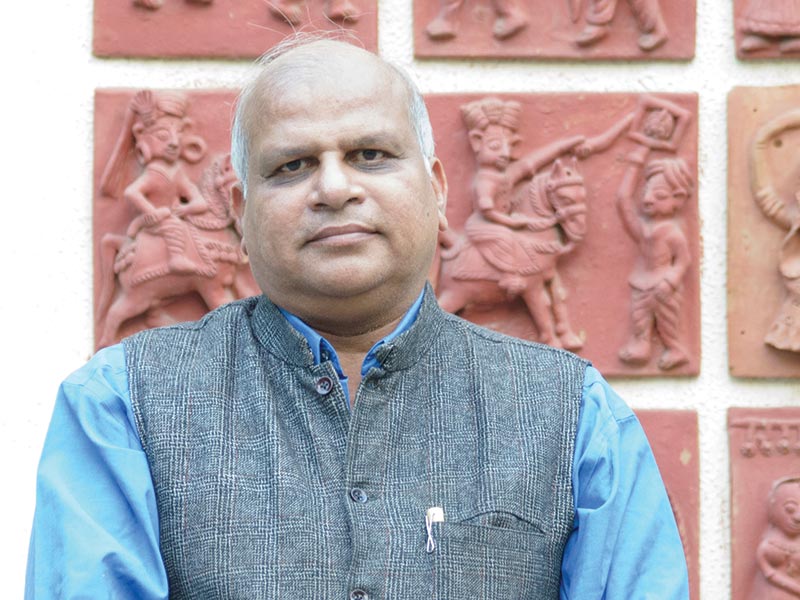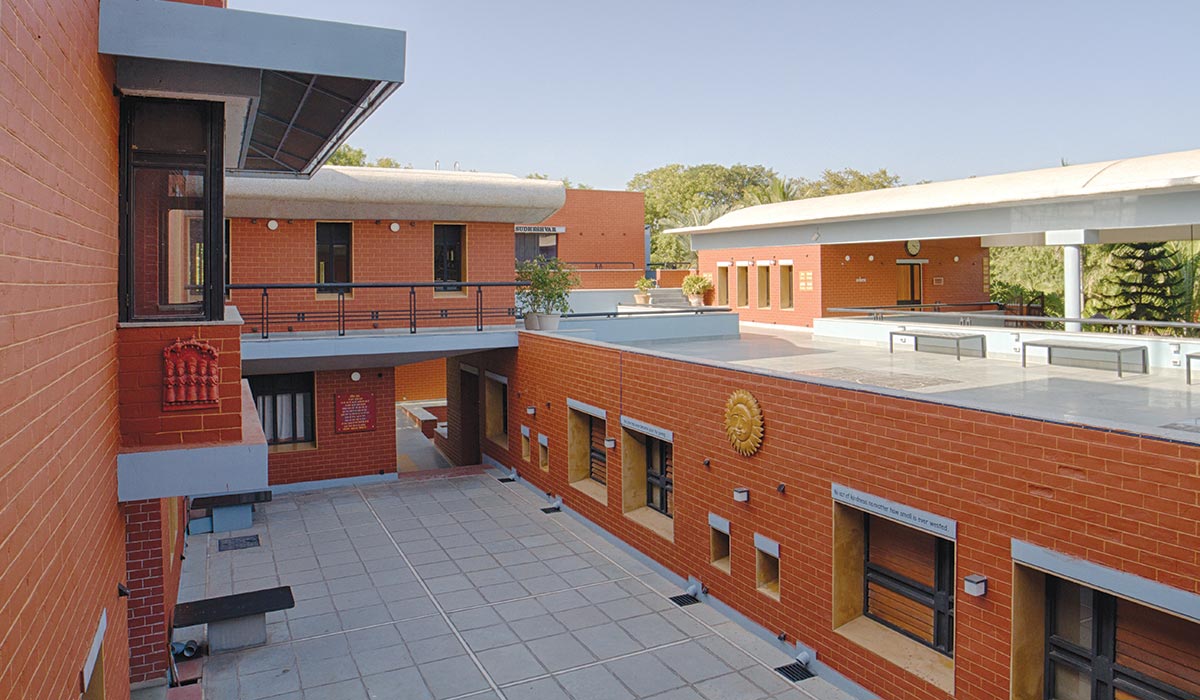
The market has been over zealous to provide energy conscious products as well as processes with numerous imported as well as indigenous options. In schools and architectural colleges, many new courses have sprung up focussing on the aspects of eco-friendly architecture. Media of course has been more than zealous and has taken a number of initiatives in debating, popularizing as well as incentivizing on the subject matter.
However, there has to be clarity and agreement on the right definition and direction that is appropriate to Indian ethos and eventualities. While one can appreciate the intention of LEED rating system, however, it becomes formulae and recipe, which often falters when imposed out of its context. The LEED approved buildings in hot and dry India feel bizarre and unconvincing in their fully glazed, steel skeleton, centrally air conditioned, mechanics dependent, and artificially lit structures.
Today, artificial light and exhaust systems are accepted for our comfort, even though these demand excessive energy and maintenance. Then, as solace, we will look for energy-efficient bulbs or star rated products, and after having spent on these resources and saving 20%, they are considered green by prescriptive standards. Solutions from traditional wisdom without dependence on mechanised systems, do not find favour with the normative standards. Unfortunately, in the name of being green these are thrust upon us as desired benchmarks.
 Environmental Sanitation Institute
Environmental Sanitation InstituteMany of the building by-laws are regressive and detrimental to energy-efficient built forms. For example, Ahmedabad till about a decade ago, had offered incentive of open terraces and balconies as free of FSI calculations. Four feet projection of balcony also ensured reasonable shading and protection from sun and rain. In the recent set of by-laws, balconies have been reduced to two feet and concessions for open spaces have been removed. This has led to box like buildings with no projections and largely unshaded and unprotected envelope surfaces.
The LEED approved buildings in hot and dry India feel bizarre and unconvincing in their fully glazed, steel skeleton, centrally air conditioned, mechanics dependent, and artificially lit structures
I admire...
I feel inspired by vernacular architecture, and for their proven performance over time. These structures having come about locally are in true response to time, place and people, are appropriate to local needs and priorities. Secondly, they are perfected over time and have evolved responses for the needs. Thirdly, they had evolved during pre-electricity era and therefore, environmental management was done largely through the built form and lifestyle rather than mechanised or electrical props. On this premise, I think we have a rich repository of traditional wisdom and our answers can be found through such an accumulated knowledge base.















